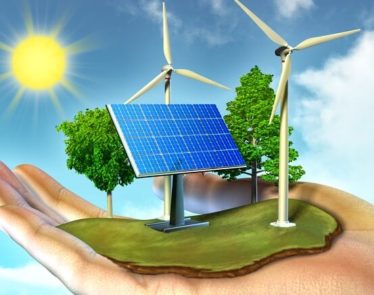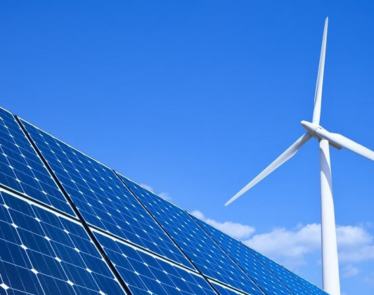
Climate change is affecting our oceans, wildlife, air quality, and forests. The Australian bushfires, which destroyed more than 12 million acres, are merely one example of the devastating consequences of climate change. Yet, climate change risks have other impacts, too—financial ones, for instance.
According to the president of the Federal Reserve Bank of San Fransico, climate change risks like more torrential rainfall, rising sea levels, and dryer conditions can result in “catastrophic losses to property and casualty insurers.”
It’s not just these insurers, though. In 2020, building an investment portfolio will prove more difficult by ignoring climate change than facing it. Thus why many are turning to the ESG investing strategy, also known as Environmental, Social and Governance investing.
In this article, we’re going to look at some of the top ESG ETFs; these give investors access to the ESG investing strategy.
Top ESG ETFs: Everything to Know About the Movement
When building a portfolio, many investors are now focusing on alternative energy funds and/or on an environmental, social and governance (ESG) investing strategy. In part, this is because of technological advancements. But it more so has to do with investor fear: the future of the environment in the coming years might have severe impacts on financial portfolios.
That’s why, according to Morgan Stanley, roughly 75% of asset managers said they had adapted sustainable investing in their firms, a fact supported by a 2018 survey. And with sustainable investing comes ETFs, or exchange-traded funds. In 2018 again, Morningstar explains: “the ETF universe of sustainable funds attracted more than $2 billion in net flows.”
ETFs are known for offering investors the opportunity to trade a set of assets, which can provide less market volatility, in addition to lower fees. The world now realizes that ETFs, especially ESG ETFs, can also help save their portfolio from climate change risks.
Here are four of the top ESG ETFs in the marketplace.
1. Invesco Solar ETF
With an AUM of $475.8 million, as of January 13, 2020, this ESG ETF is based on the MAC Global Solar Energy Index. This index is comprised of companies involved in the solar energy sector.
>> JCP Stock Drops After Announcing Kansas Closure and 250 Layoffs
Invesco portfolios aim to give investors access to both actively and passively managed strategies. The latter tries to keep costs low, while the former seeks to outperform index returns.
2. Invesco WilderHill Clean Energy ETF
With an AUM of $239.3 million, this ESG ETF is based on the WilderHill Clean Energy Index. It charges a 0.70% expense ratio.
3. iShares ESG MSCI USA ETF
This fund is similar to the MSCI USA Extended ESG Focus Index in the sense that both seek similar risk and return. The difference, however, is that this fund looks to achieve a more sustainable outcome. It has an AUM of $1.49 billion.
4. iShares Global Clean Energy ETF
With an AUM of $451.2 million, this fund gives investors access to companies that produce energy from renewable sources, such as wind and solar. The expense ratio of this fund is 0.46%.
Takeaway
It’s true that for ESG ETFs to get a foot up on their actively managed rivals, there must be more management, rather than new product launches, as asserted by MarketWatch. Still, with growing concerns about the impact climate change will have on investment portfolios, this drive for more sustainable investing strategies might be the competitive edge ESG ETFs required
If not for yourself, we owe it enough to the environment to at least check out another investment option—and ESG ETFs, such as those mentioned above, is that option.
Featured image: PixaBay











